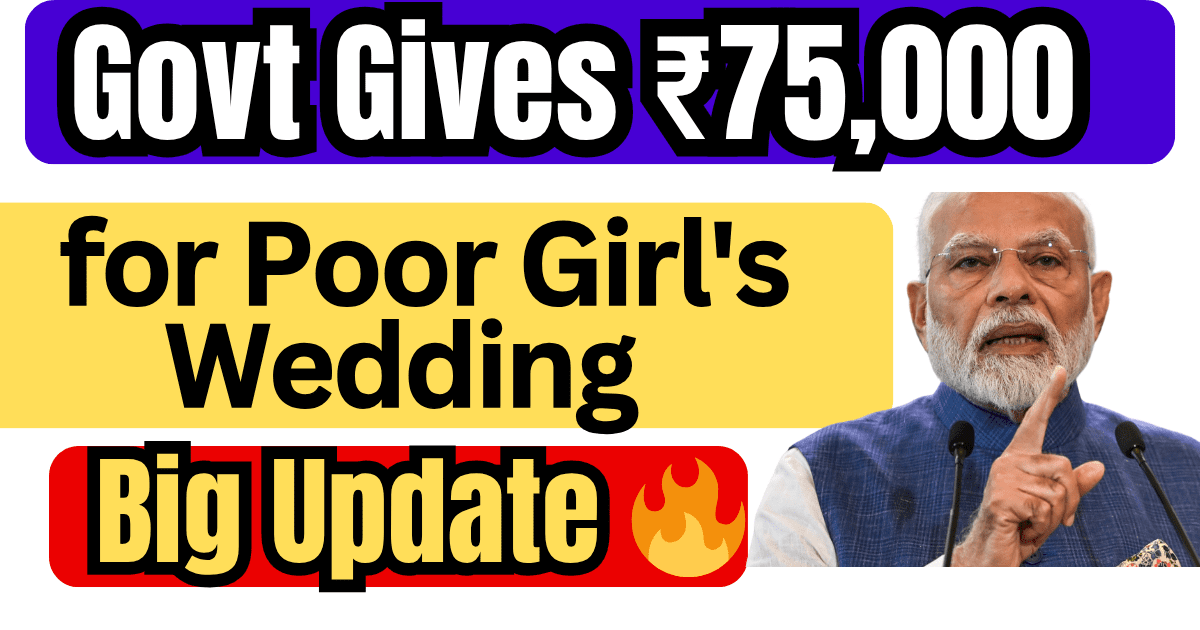The Reserve Bank of India has made a significant move by reducing the key lending rate by 25 basis points, bringing it down to 6%. This is the second consecutive cut this year, aimed at boosting economic growth.
With inflation easing and economic growth slowing down, the decision to cut the repo rate is expected to make borrowing more affordable. This move is likely to benefit individuals looking to take home loans or car loans, as interest rates are expected to decrease.
As a result, Equated Monthly Installments (EMIs) are likely to reduce, easing financial pressure on borrowers. This can potentially stimulate demand in both the real estate and automotive sectors, providing a boost to the economy.
Table of Contents
Understanding the RBI’s Recent Repo Rate Cut
A closer look at the RBI’s latest repo rate cut reveals its potential impact on the financial landscape. The Reserve Bank of India (RBI) has once again taken a significant step by reducing the repo rate, a move that is expected to have far-reaching consequences for consumers and businesses alike.
What is the Repo Rate and Why It Matters
The repo rate is the interest rate at which the RBI lends money to commercial banks. It serves as a benchmark for controlling money supply and inflation in the economy. When the RBI reduces this rate, it creates a ripple effect, leading to lower interest rates for consumers and businesses.
Details of the Latest Rate Cut
The latest cut of 25 basis points has brought the repo rate down to 6%. This follows a previous reduction of the same magnitude earlier this year, creating a cumulative effect that strengthens the impact on lending rates. The RBI Governor, Sanjay Malhotra, emphasized that inflation has declined and is expected to further moderate in 2025-26.
Shift from Neutral to Accommodative Stance
The RBI’s shift from a ‘neutral’ to an ‘accommodative’ stance signals a significant policy direction change, suggesting that more rate cuts may follow. This move is justified by the moderation of inflation within the RBI’s target range, creating room for stimulating economic growth through cheaper credit.
| Key Aspect | Details | Impact |
|---|---|---|
| Repo Rate Cut | 25 basis points | Repo rate down to 6% |
| RBI’s Stance | Shift to accommodative | Potential for further rate cuts |
| Inflation Outlook | Expected to moderate | Justification for growth-oriented monetary policy |
Impact on Home Loan Borrowers
The RBI’s recent repo rate cut has significant implications for home loan borrowers, potentially leading to reduced EMIs and substantial savings. This change is particularly beneficial in the context of the current economic scenario, where lower interest rates can stimulate demand for housing.
How the Rate Cut Affects Home Loan Interest Rates
The reduction in the repo rate directly influences the interest rates that banks charge on home loans, especially for those linked to external benchmarks like the repo rate (EBLR). As a result, lenders are expected to pass on the benefits to borrowers, making home loans more affordable.
Expected Savings on Home Loan EMIs
Home loan borrowers can anticipate substantial savings on their EMIs following the rate cut. For instance, a borrower with a ₹50 lakh home loan will see their EMI decrease by approximately ₹1,960 per month, resulting in lifetime savings of around ₹4.70 lakh over the loan tenure.
Savings Calculation for Different Loan Amounts
The savings on home loan EMIs vary based on the loan amount. Here are some examples:
- For a ₹30 lakh home loan, the monthly EMI savings would be ₹1,176, with total savings of ₹2.82 lakh over 20 years.
- For a ₹70 lakh home loan, the monthly EMI savings would be ₹2,744, with total savings of ₹6.58 lakh over 20 years.
- For a ₹1 crore home loan, the monthly EMI savings would be ₹3,920, with total savings of ₹9.40 lakh over 20 years.
- For a ₹1.5 crore home loan, the monthly EMI savings would be ₹5,880, with total savings of ₹14.11 lakh over 20 years.
These calculations demonstrate the significant impact of the repo rate cut on home loan affordability, particularly for larger loan amounts. First-time homebuyers and those in the affordable housing segment are likely to benefit the most from these changes.
Benefits for Car and Auto Loan Borrowers
The RBI’s recent repo rate cut is set to bring relief to car and auto loan borrowers across India. Lower interest rates could also benefit people planning to buy cars, as car loan interest rates are likely to decrease, making vehicle financing more affordable.
Reduction in Auto Loan Interest Rates
The automotive sector stands to benefit significantly from the RBI’s repo rate cuts, as lower interest rates make vehicle financing more affordable for potential buyers. Car loan interest rates are expected to decrease in line with the repo rate reduction, potentially stimulating demand in a sector that has faced fluctuating sales patterns. Buyers in the mid- to high-end vehicle segments will find the reduced EMIs particularly attractive.
Potential Savings on Car Loan EMIs
The savings on auto loans, while smaller in absolute terms than home loans due to shorter tenures, still represent meaningful reductions in monthly financial commitments for borrowers. For instance, on a 5-year car loan of ₹10 lakhs, even a 0.5% reduction in interest rate can translate to savings of approximately ₹500-600 per month. This reduction can be a deciding factor for consumers who have been postponing vehicle purchases due to financial considerations.
- The automotive industry, which employs millions directly and indirectly, could see increased sales volumes as a result of this more favorable financing environment.
- Dealers and manufacturers may complement these lower interest rates with additional promotional offers to further stimulate demand in the coming months.
Banks Implementing the Rate Cut
In response to the RBI’s repo rate reduction, public and private sector banks are revising their interest rates on various loan products. This move is expected to benefit borrowers across different segments, including home loans and auto loans.
Public Sector Banks’ New Lending Rates
Public sector banks have been at the forefront of implementing the rate cut. State Bank of India, the country’s largest lender, has reduced its External Benchmark Based Lending Rate (EBLR) from 8.90% to 8.65% and its Repo-Linked Lending Rate (RLLR) from 8.50% to 8.25% plus Credit Risk Premium.
SBI, PNB, Bank of Baroda, and Other PSBs
Other public sector banks like Punjab National Bank, Bank of Baroda, and Bank of Maharashtra have also reduced their lending rates. For instance, Bank of Baroda’s RLLR is now 8.65%, effective from April 10, 2025.
Revised RLLR and EBLR Rates
| Bank | Previous RLLR | Revised RLLR |
|---|---|---|
| State Bank of India | 8.50% | 8.25% |
| Punjab National Bank | 8.90% | 8.65% |
| Bank of Baroda | 8.90% | 8.65% |
Private Banks’ Response to Repo Rate Cut
Private sector banks have also responded to the repo rate cut. HDFC Bank has reduced its home loan interest rates by 0.25%, bringing its special rates for salaried and self-employed individuals to between 8.50% and 9.35%.
HDFC Bank, ICICI Bank, and Other Private Lenders
ICICI Bank has maintained competitive rates with home loans starting at 9.00% for borrowers with excellent credit scores (800+).
How to Make the Most of Lower Interest Rates
The latest reduction in the repo rate presents an opportunity for borrowers to reassess their loan options. With interest rates on home loans potentially dipping below 8% again, it’s crucial for borrowers to understand how to maximize their savings.
Steps for Existing Borrowers with EBLR-Linked Loans
Existing borrowers with EBLR-linked loans will automatically benefit from the rate cut within three months. However, they can maximize their savings by contacting their bank to request immediate implementation rather than waiting for the reset date. This proactive approach can lead to lower loan EMIs and significant interest savings over time.
Options for Borrowers with MCLR or Base Rate Linked Loans
Borrowers with older loan regimes like MCLR or Base Rate should consider switching to repo-linked loans. These loans transmit rate cuts more efficiently and transparently. Although switching involves some administrative costs, the potential interest savings typically outweigh these expenses.
Strategies for New Loan Applicants
New loan applicants should focus on improving their credit scores to above 750 to avail the most attractive interest rates. Additionally, shopping around and comparing offers from different banks can help borrowers secure the best deals. Some key considerations include:
- Negotiating with lenders by leveraging competitive offers
- Evaluating loan offers beyond just the interest rate, including processing fees and prepayment penalties
- Considering prepayment of a portion of the principal to reduce the overall interest burden
Conclusion
The recent cut in repo rate by the RBI presents an opportune time for borrowers to reassess their loan options. With experts predicting additional rate cuts totaling 75-100 basis points, the financial landscape continues to improve. Borrowers can expect lower interest rates on home and auto loans, leading to reduced EMIs. The RBI’s accommodative stance signals its commitment to supporting economic growth. As interest rates continue to decrease, staying informed about further policy changes will be crucial for maximizing financial benefits.















